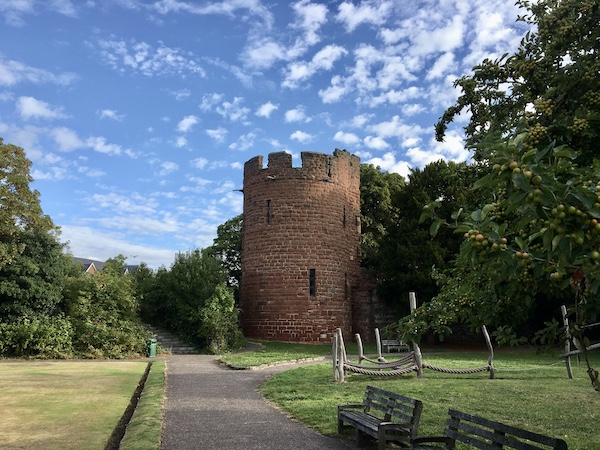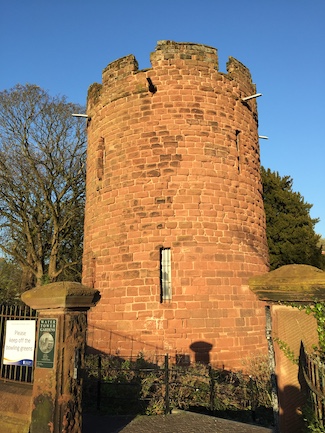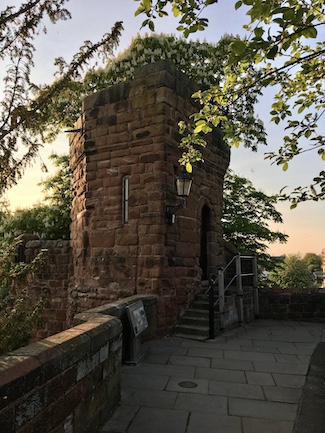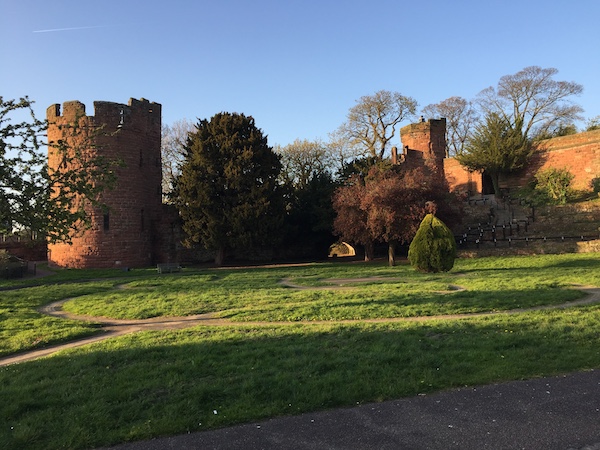Water Tower
Originally called the New Tower, the Water Tower stands at the end of an embattled spur-wall in an area now known as Tower Gardens. The spur-wall connects the Water Tower with the Bonewaldesthorne’s Tower which is sited at the north west angle of the main walls.

The lower ground where the Water Tower stands was once covered by the River Dee before the river silted up and receded. The Water Tower was built in 1322 by the mason John de Helpeston, for the sum of £100, and remains largely unaltered today. The Water Tower’s purpose was to guard the port of Chester. Now that the river has receded the ‘Tower Gardens’ area is a pleasant place to relax in fine weather. There is a children's play area and a bowling green by the Water Tower.
Water Tower & Bonewaldesthorne Tower
The Romans, Anglo-Saxons and Normans all valued Chester as a strategic port. These two towers, the smaller Bonewaldesthorne’s Tower and the larger Water Tower, were both built to defend the port. Anglo-Saxon Queen Aethelflaed established Chester as one of a string of royal fortified towns (burhs). She may have extended the City Walls to the River Dee and built Bonewaldesthorne’s Tower to protect the port.


Tower Gardens

The Bonewaldesthorne and Water Towers can currently only be viewed from the outside as they are only occasionally opened to the public. Both towers have however, been used as places of exhibition in the past. In the 1870’s a museum was housed at the towers by the Chester Mechanic’s Institution before the exhibits were transferred to the newly built Grosvenor museum which opened in 1886. A Roman hypocaust which was exhibited in the Tower Gardens and can be seen on picture postcards of the era was relocated to Chester’s Roman Gardens.


